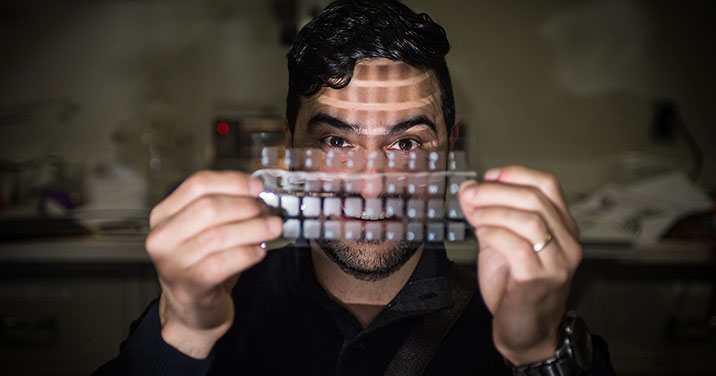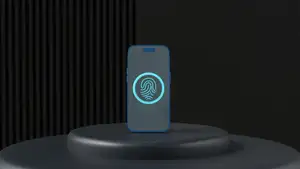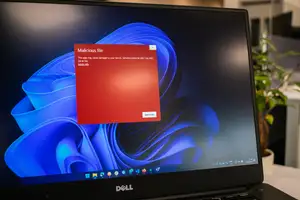
A Loudspeaker Like Nothing You Have Ever Seen or Heard Before
You will be quite amazed at what you are about to learn about an exciting new laminate with some rather unusual properties. Get this: researchers at Michigan State University along with researchers at Georgia Tech have developed a laminate material with the capability to both pick up and broadcast sound waves.
In other words, a flexible laminate material that can function as both a microphone as well as a loudspeaker. In a clever demonstration of the real world functionality of this material, researchers embedded this laminate into the Michigan State University flag and then used it to play the Michigan State fight song.
Then, to further demonstrate the capabilities of this remarkable new material, the researchers took a rather small piece of the laminate to record a classical song and then play it back in hi fi.
Here are some details about this new flexible material that you may find interesting. First, note that in the world of material science, this laminate is technically referred to as a ferroelectret manogenerator (FENG).
Perhaps you recall from your High School or College physics courses that ferroelectret or as it is more commonly known, piezoelectrets are thin films of polymers that exhibit the piezoelectric effect. That is, these materials produce an electric charge when direct pressure is applied to them.
So what that means in terms of the new laminate microphone/loudspeaker is that the material is constructed of a number of layers of polypropylene and a metal film. A combined set of these layers allow for minute amounts of compression and expansion.
When the material is subjected to sound waves as when someone is speaking, the laminate generates a current. In other words, a functional microphone. Similarly, when a current is applied to the material, the material creates minute vibrates which are experienced as sound waves.
Interestingly, when used as a microphone, the laminate consumes no power at all. One of the professors at Michigan State University, Nelson Sepulveda had this to say: “It’s always listening.”. Best of all this listening consumes no power at all.
Note that is one of the current challenges with devices that require constant listening. Traditional listening technology requires the use of so-called “active devices”. Active devices require a constant supply of power to function.
On the other hand, this new laminate speaker/microphone could be just what voice activation technology needs to further advance. Stay tuned as you are sure to hear more about this new laminate.









